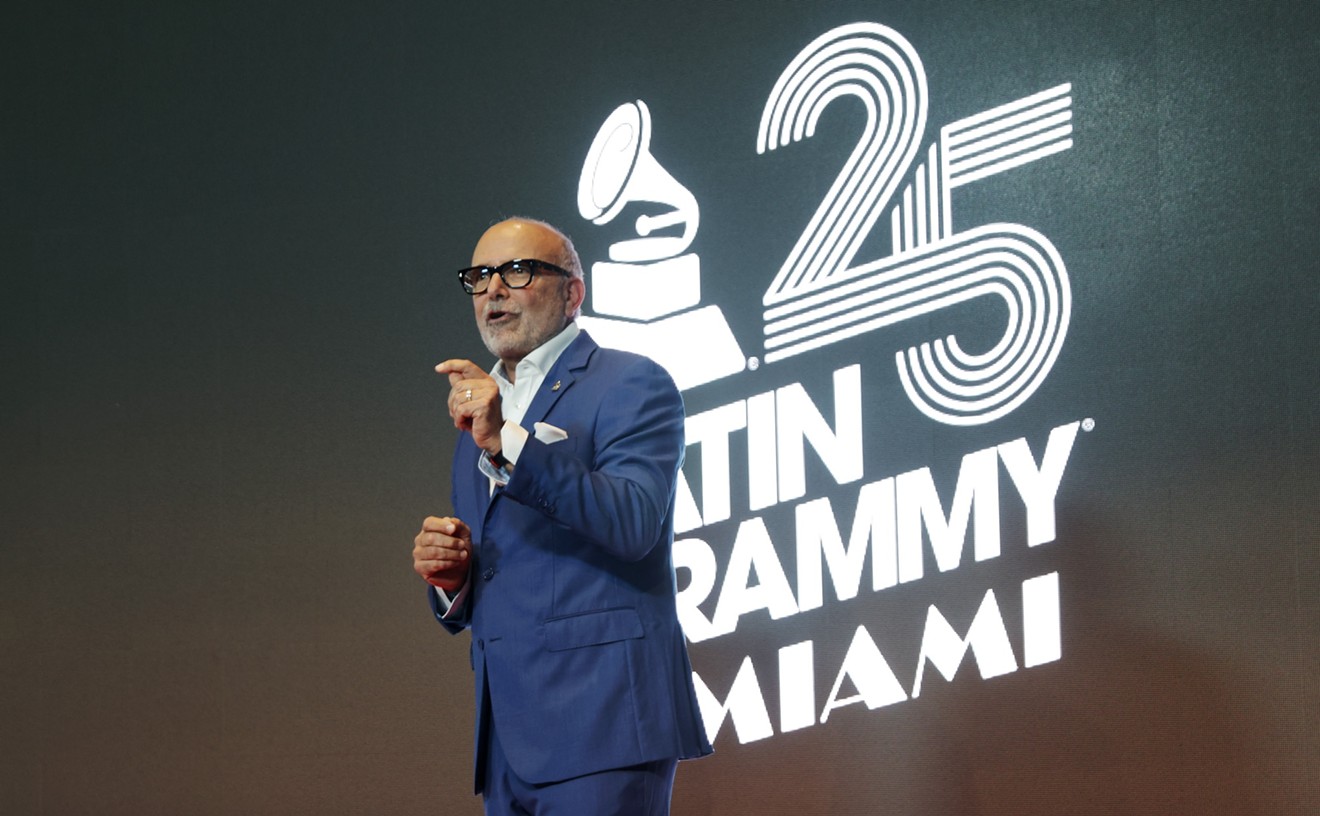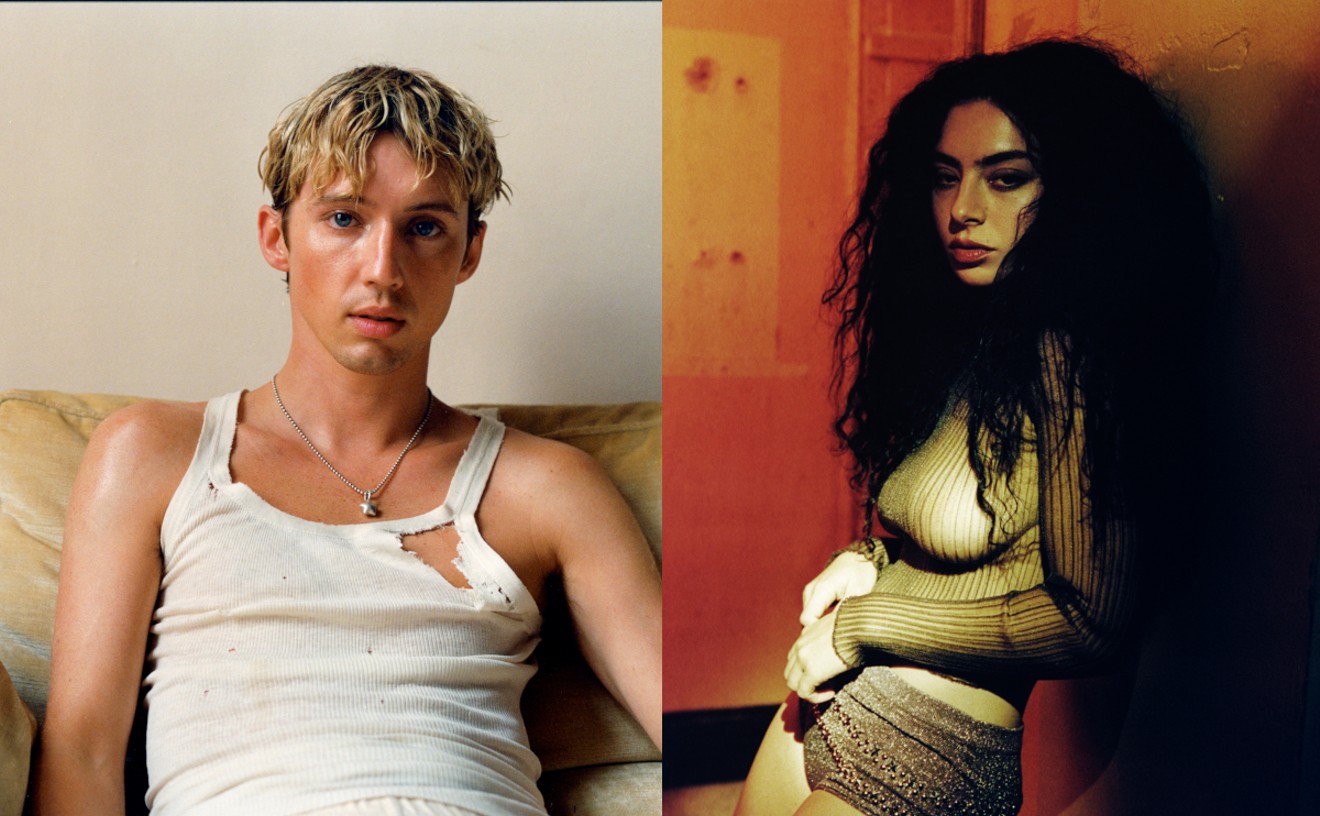Bronx in the Sixties: Jerry Gonzalez and his younger brother Andy frequented their neighborhood's street jams, which were powered by a soundtrack of Latin and Afro-Cuban rhythms. But at the same time, New York clubs such as the Colgate Gardens were featuring the hybrid Latin-jazz rhythms of Eddie Palmieri, Mongo Santamaría, and Cal Tjader. Going back to the source, the brothers Gonzalez soon became fascinated with the quirky rhythms of Thelonious Monk.
At home they were already singing traditional Puerto Rican songs and devouring the music of Cubans like Tito Rodríguez, Machito, and Tito Puente. So during their teens, they formed their first group to emulate the inventive sounds they were now hooked on. Cutting their performance teeth throughout the city, they also frequented downtown clubs such as the Village Vanguard, Slug's, and the Five Spot to hear Monk, John Coltrane, Lee Morgan, and Miles Davis.
This diverse stew of influences eventually came together in the aesthetics of what became the Fort Apache Band, which they officially assembled in 1982. What they realized, to brilliant effect, is that both the jazz and Latin traditions share a love of polyrhythms wedded to inventive melodies, different meters, and idiosyncratic phrasing, all appealing to body and mind alike. Jerry is the group's lead, on trumpet, flugelhorn, and congas. Andy, meanwhile, plays upright bass in a style that employs the art of tumbao, with a jazz flair; in fact he counts Israel "Cachao" López as one of his main mentors.
"My bass playing runs the gamut," Andy says. "I try to keep things inventive. I don't keep things static. I change patterns quite often when the mood hits me. We're a band that has a lot of ESP going on."
Over the years, the brothers have pared down the band's sound. What began as a large group with a big percussion ensemble soon became a sextet and later its current five-piece format. All of the members boast serious credentials: Saxophonist Joe Ford previously rose to fame performing with McCoy Tyner's sextet. Pianist Larry Willis has enjoyed stints with Jackie McLean, Hugh Masekela, Branford Marsalis, and Blood, Sweat & Tears. Drummer Steve Berrios has played with Mongo Santamaría, Hilton Ruiz, the Latin All-Stars, and Max Roach.
And they all share a deep love for Thelonious Monk. "I'm a big record collector," Andy says. "I have all of Monk's records, and we've all been listening to Monk all our lives."
The influence truly came to fruition on the band's 2001 album, Rumba Para Monk, released on Sunnyside Records. The record features Latin jazz-flavor interpretations of Monk's up-tempo and introspective tunes such as "Bye-Ya," "Nutty," "Little Rootie Tootie," "Misterioso," "Ugly Beauty," "Reflections," "Jackie-ing," and "Monk's Mood."
"We were quite into experimenting to see what jazz fits with a Latin rhythm under it," says Andy.
Most recently the Gonzalez brothers have been rearranging Monk tunes such as "Well, You Needn't," "Let's Call This," and "Evidence."
"We like to give an honest interpretation, not something contrived, [like], Oh, let's play a Latin beat to this tune. It has to be something that Monk himself would like," Andy insists. "We took a figure from blind Cuban pianist Frank Emelio and applied it to 'Evidence.' The rhythm and melody on 'Evidence' had this same kind of quirky feeling, so we put the two things together and we found we could use it as a vehicle to state the tune 'Evidence' in a framework for our improvisation."
As avid collectors of Cuban music, the Gonzalez brothers discovered Emelio's work via his recording Gandinga Mondongo y Sandunga. "It was kind of an up-tempo feature for a rhythm section. The whole tune had this riff to it that the piano and bass players would play with a rhythm underneath," says Andy, humming two melodies as demonstration.
The band is not all about reinterpretations, though. Willis and Ford write original music with a similar sensibility, leading to similarly layered, bubblingly percussive tracks like "Give It Some Thought" and "Heidi Ho."
As for the elder Gonzalez, Jerry, now age 58, he has been living in Madrid for the past seven years. His popularity rose there after his Fort Apache Band appeared in Oscar-winning Spanish film director Fernando Trueba's 2000 documentary on Latin jazz, Calle 54. Influenced by his new surroundings, Jerry began experimenting with a mixture of jazz and flamenco traditions, which resulted in a new band and its 2004 self-titled album, Gonzalez y Los Piratas del Flamenco. The Jazz Journalists Association awarded the recording Jazz Album of the Year in 2005.
However, the Fort Apache Band still remains active when Jerry travels to the United States. The group's most recent recording, Rumba Buhaina: The Music of Art Blakey and the Jazz Messengers, was released on Random Chance Records in 2005. Playing together for so long, the bandmates have reached a sort of telekinetic connection and are happy with this loose arrangement.
"We've grown quite a lot," says Andy. "We've grown comfortable with each other's playing. We know each other's tastes and likes."










